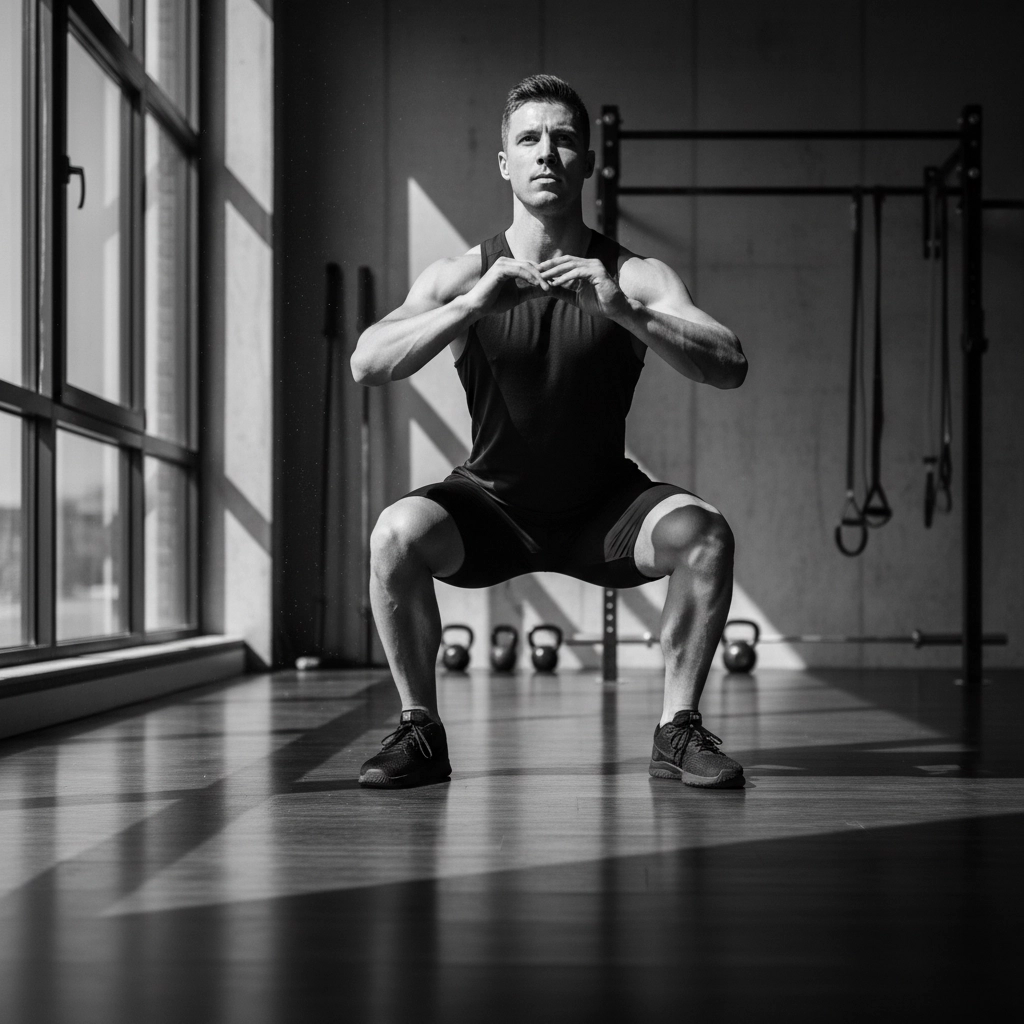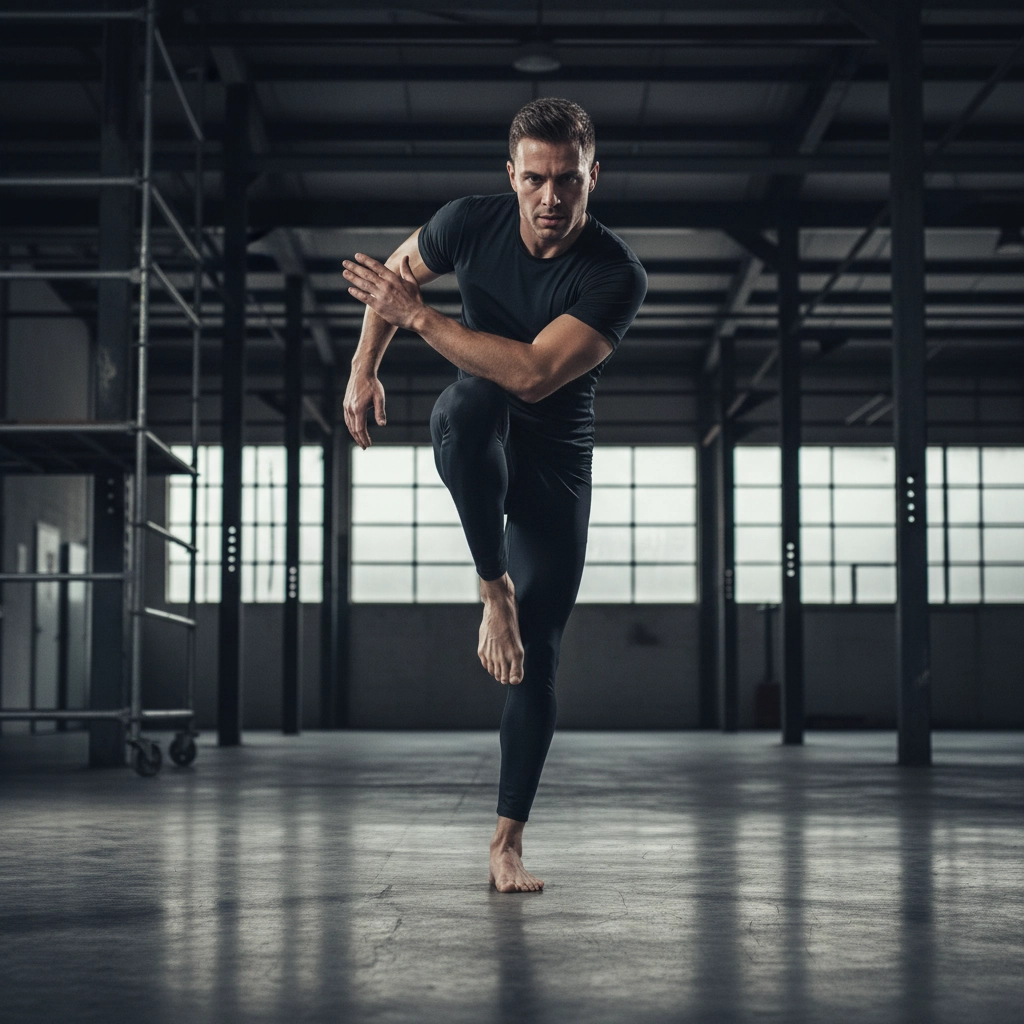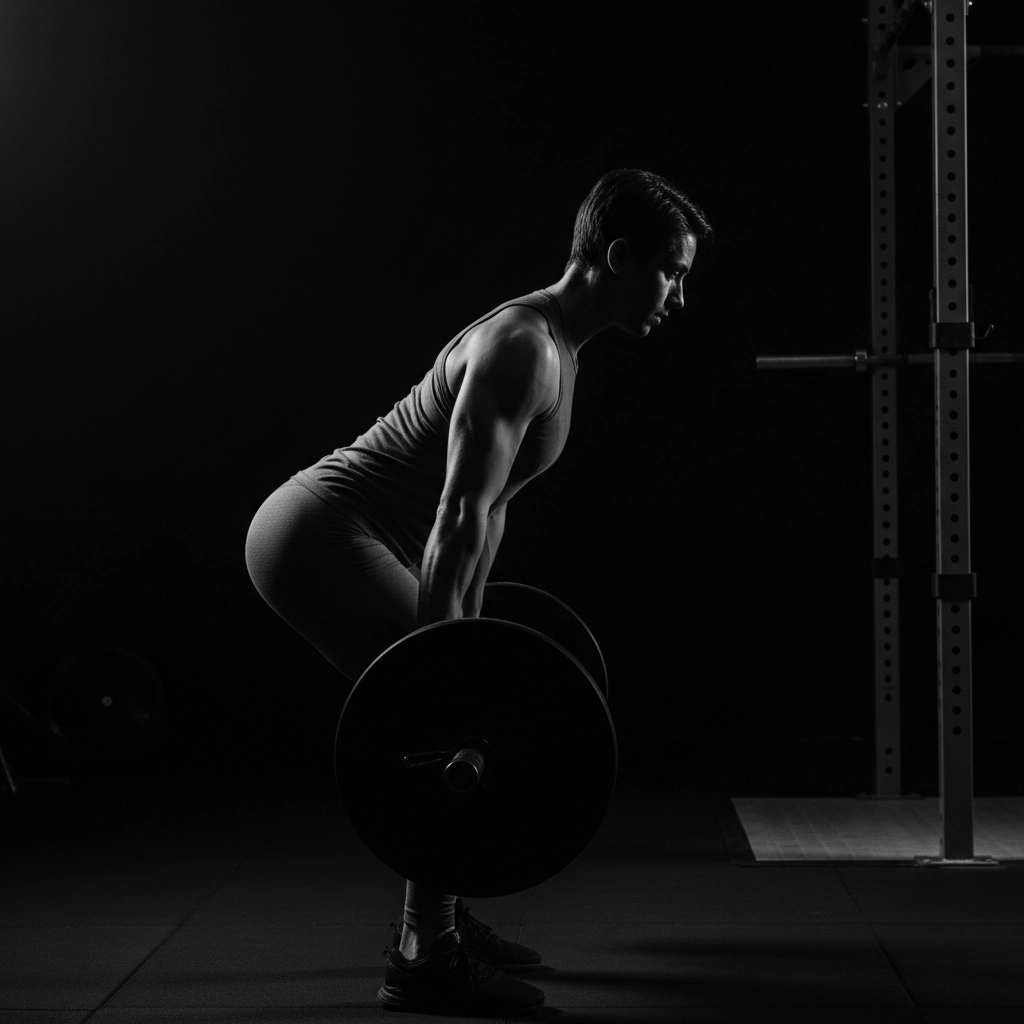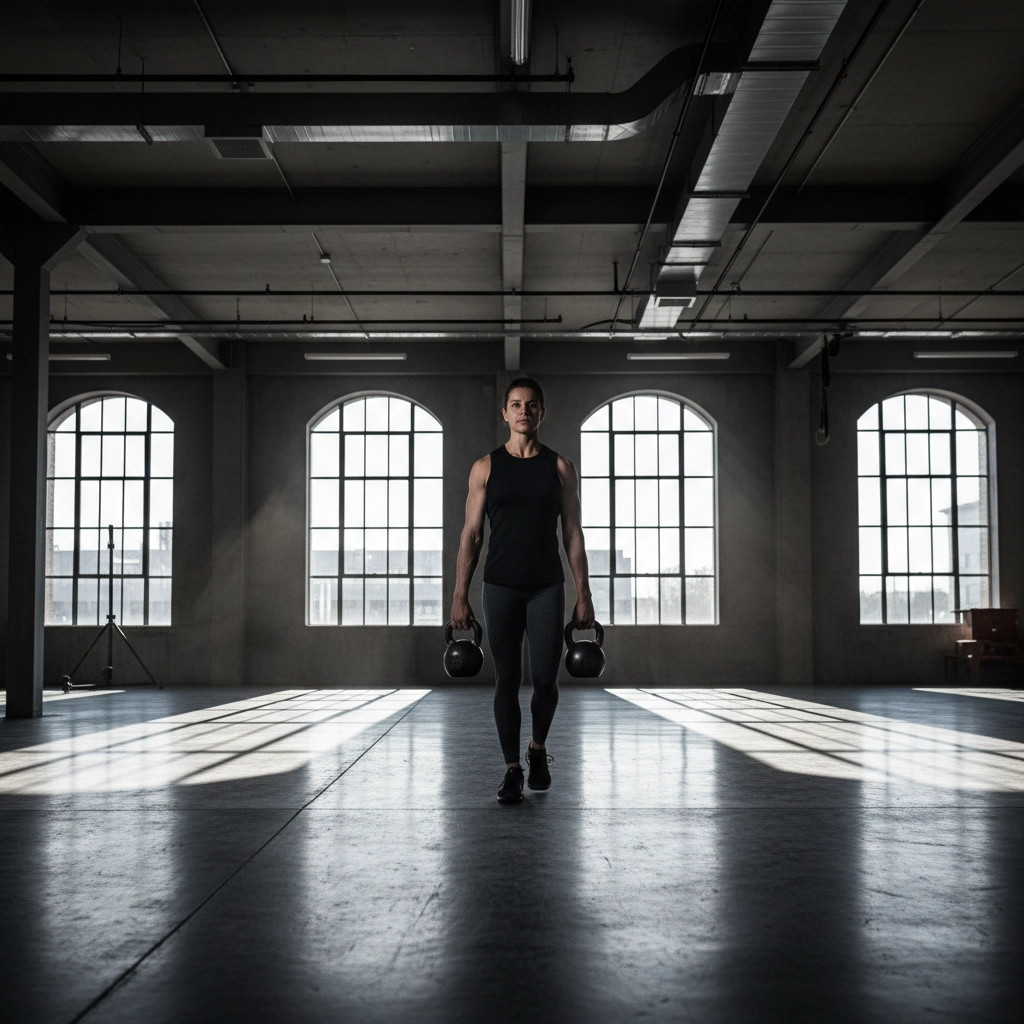Functional Fitness 101: A Beginner's Guide to Mastering Real-World Strength
- Joe Fisher
- 3 days ago
- 5 min read
Ever struggled to lift a heavy box without tweaking your back? Or felt wobbly getting up from a low chair? That's exactly why functional fitness exists.
Functional fitness trains your body for real life. Instead of isolating muscles like traditional gym workouts, it focuses on movements you actually use every day. Think squatting, lifting, carrying, and twisting: the stuff that matters when you're not in the gym.
What Makes Functional Fitness Different?
Traditional workouts often have you sitting on machines, moving weight in one direction. Functional training gets you moving in multiple planes, just like real life demands.
Your body doesn't work in isolation. When you pick up groceries, you're not just using your biceps. You're engaging your core, stabilizing with your legs, and coordinating multiple muscle groups. Functional fitness trains this teamwork.

The approach started in rehabilitation. Physical therapists used these movements to help patients recover from injuries by practicing the exact motions they needed at home or work. Pretty smart, right?
Why Beginners Love Functional Fitness
It Just Makes Sense
You're training for life, not just the gym. Every exercise has a clear purpose. No more wondering "when will I ever use this movement?"
Less Intimidating Than Traditional Gyms
No complicated machines. Many exercises use just your body weight or simple equipment. You can start right where you are.
Immediate Results You Can Feel
Within weeks, daily tasks get easier. Climbing stairs feels lighter. Carrying kids becomes less of a workout. These wins keep you motivated.
Built-In Injury Prevention
By practicing proper movement patterns in a controlled environment, you're rehearsing for real-world situations. Your body learns to move safely under load.
The Four Pillars of Functional Fitness
Core Strength
Your midsection is your powerhouse. A strong core keeps your spine stable during every movement. It's not about six-pack abs: it's about rock-solid stability.
Think of your core like a natural weight belt. It protects your back when you bend, lift, or twist. Every functional movement starts here.
Balance and Coordination
Real life is unpredictable. You step on uneven ground, reach awkwardly for something, or catch yourself from stumbling. Balance training prepares you for these moments.
Coordination ensures your muscles work together smoothly. No jerky movements or compensation patterns that lead to injury.

Flexibility and Mobility
Tight muscles limit movement quality. If your hips are stiff, your back compensates. If your shoulders are locked up, your neck takes over.
Mobility work keeps joints moving through their full range. This isn't just stretching: it's teaching your body to use all available movement.
Multi-Directional Movement
Life happens in all directions. You move forward, backward, sideways, and in rotation. Your training should match this reality.
Traditional gym exercises often lock you into one plane of movement. Functional training frees you up to move naturally.
Real Benefits You'll Actually Notice
Daily Tasks Get Easier
Groceries feel lighter. Getting up from the floor becomes effortless. Playing with kids doesn't leave you sore the next day.
Research shows functional training directly improves activities of daily living. That's science-speak for "life gets easier."
Better Balance and Stability
Falls are a major concern, especially as we age. Functional training significantly improves balance and reduces fall risk.
You'll feel more confident on uneven surfaces, stairs, and when moving quickly.

Injury Prevention That Actually Works
By training movement patterns rather than isolated muscles, you're rehearsing proper mechanics. When real-life demands arise, your body knows what to do.
Studies show lower injury rates among people who do functional training versus traditional exercise.
Time-Efficient Workouts
Multi-muscle exercises mean more bang for your buck. A 30-minute functional workout can be incredibly effective because you're working multiple systems simultaneously.
Athletic Performance Boost
Even if you're not an athlete, you'll move better. Faster reflexes, better coordination, improved power output: it all transfers to whatever activities you enjoy.
Getting Started: Your First Steps
Master Bodyweight First
Before adding weights, nail the movement patterns. Can you squat with good form? Perform a proper push-up? Hold a plank with perfect posture?
These basics form the foundation for everything else. Rush this stage, and you're building on shaky ground.
Start with 2-3 Sessions Per Week
Your body needs time to adapt to new movement patterns. Too much too soon leads to burnout or injury.
Consistency beats intensity, especially when starting out.
Focus on Quality Over Quantity
Perfect form with lighter resistance beats sloppy form with heavy weight. Every rep should look the same.
Consider filming yourself or working with a trainer initially. Good habits formed early save you from problems later.

Essential Movement Patterns to Master
The Squat
Sitting down and standing up: you do this dozens of times daily. A proper squat teaches hip hinge mechanics and builds leg strength.
Start with bodyweight. Keep your chest up, knees tracking over toes, and weight in your heels.
The Deadlift Pattern
Picking things up off the ground. This could be groceries, laundry, or your toddler. Master this movement to protect your back.
Begin with a light weight or even just practicing the movement. Hinge at the hips, keep a neutral spine, and drive through your heels.
Pushing Movements
Opening heavy doors, moving furniture, or getting up from the ground. Push-ups are the classic example, but variations abound.
Wall push-ups, incline push-ups, then floor push-ups. Progress gradually as strength improves.
Pulling Movements
Opening doors, lifting overhead luggage, or pulling yourself up. Rowing motions and pull-ups fall into this category.
Start with resistance bands or assisted pull-ups. Focus on squeezing your shoulder blades together.
Carrying Patterns
Groceries, luggage, children: you're always carrying something. Farmer's walks with weights train this pattern perfectly.
Start light and focus on posture. Keep your core engaged and avoid leaning to one side.
Why Professional Guidance Matters
Functional fitness looks simple, but proper form is crucial. Small technique errors compound over time, leading to pain or injury.
A knowledgeable trainer can assess your movement patterns, identify limitations, and design a program that addresses your specific needs. They'll also progress you safely as you get stronger.

Group classes offer accountability and community. Training alongside others provides motivation and makes workouts more enjoyable. You'll push yourself harder and stick with it longer.
Your Functional Fitness Journey Starts Now
Functional fitness isn't just another workout trend. It's training that directly improves your quality of life. Every session makes daily tasks easier and your body more resilient.
Start simple. Master the basics. Focus on consistency over perfection. Your future self will thank you for building this foundation of real-world strength.
Ready to experience functional fitness for yourself? Book a session and discover how training for life changes everything. Our supportive community in Logan is here to guide you every step of the way.



Comments